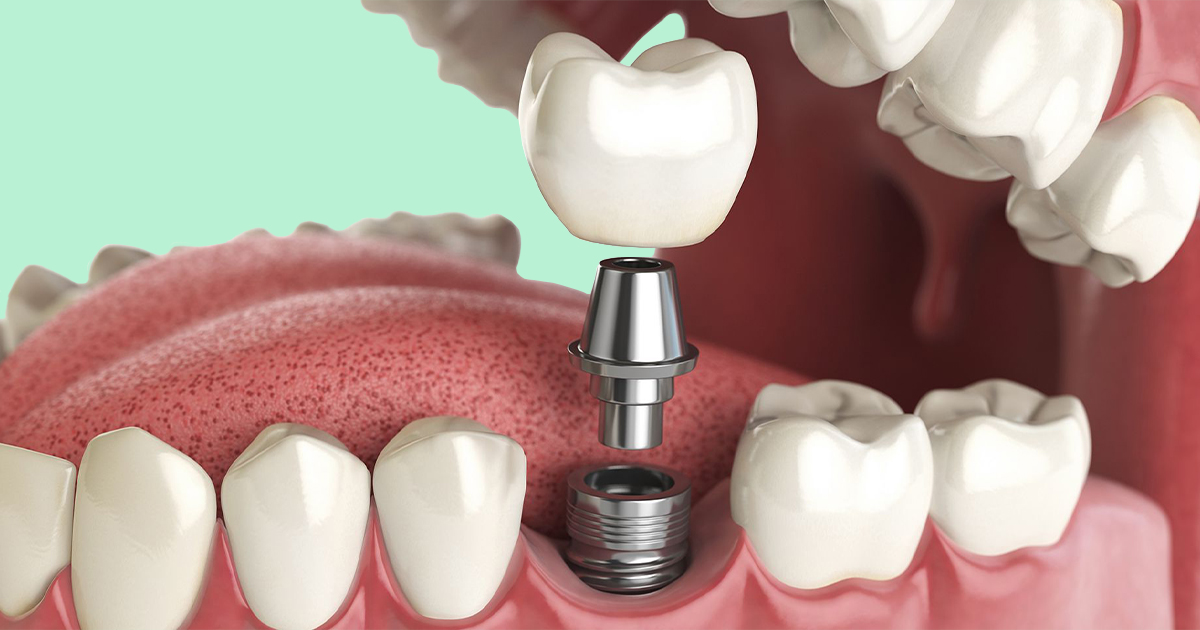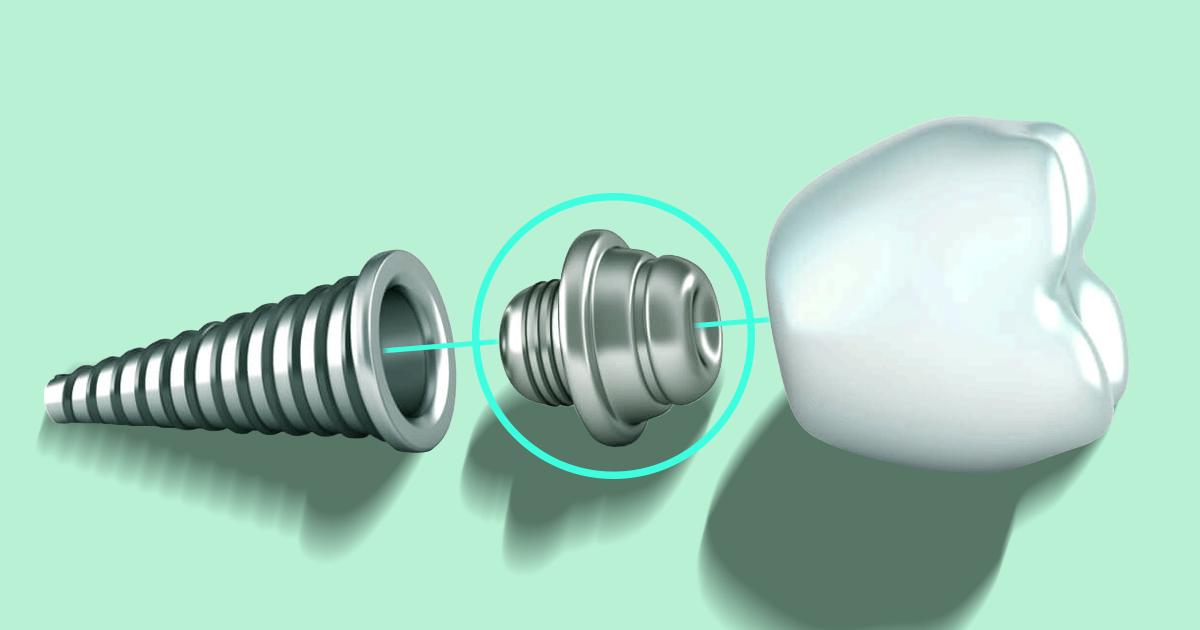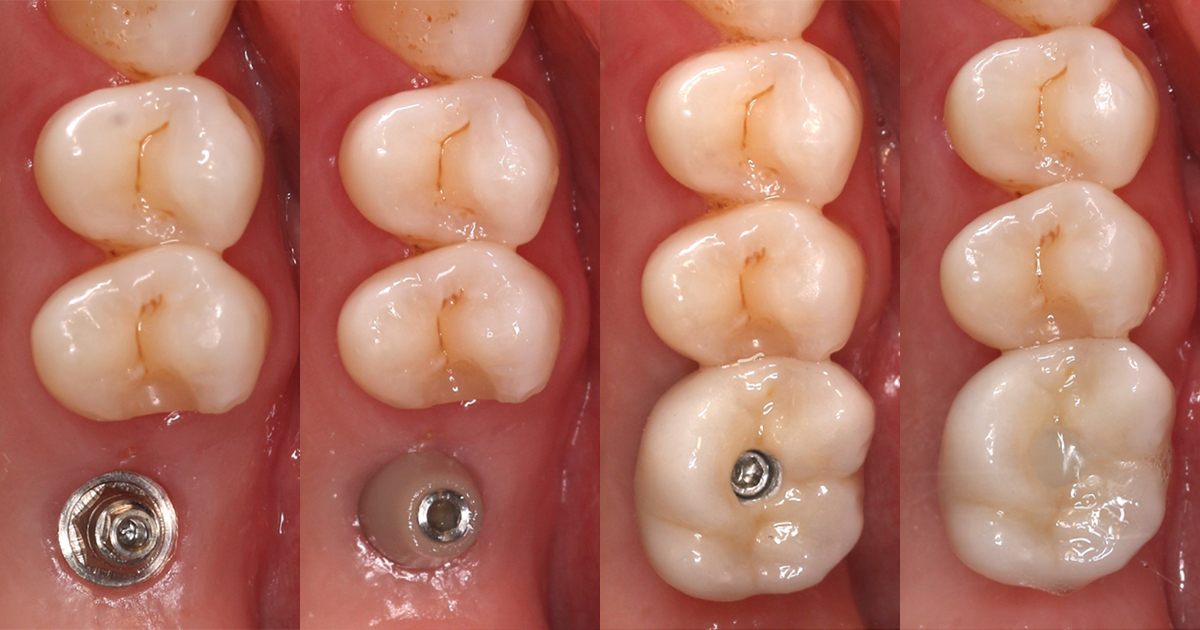
Dental Implants are one of the most efficient and beneficial solutions for missing teeth. Thanks to their durability and functionality, they look and feel just like natural teeth.
A dental implant comes in three separate pieces;
- The implant itself, which is a screw that is placed within the jawbone
- The crown, which looks, feels, and acts like a natural tooth
- The abutment, which connects the implant with the crown and aids in healing the gum.
In this article, we will be discussing the abutment, its healing capabilities, and its importance in dental implant surgery.
What is a healing abutment?

A healing abutment is essentially an attachment that is used to aid the proper healing of an implant and the surrounding gum tissue. When a person receives dental implant surgery, the artificial tooth is not placed right away. The bone and the gums need to heal, and this can take some time.
When a person has dental implants, each implant must first be placed in the jawbone. After this surgery, a process called osseointegration occurs. Essentially, this is the process by which the implant fuses with the bone to become a part of your jaw. Furthermore, the gums need to heal before a crown can be placed.
An implant sits far below the gum line, and a healing abutment is used to make the implant accessible for when the crown is placed. An abutment also helps with shaping the gums for a more natural looking end result. It screws onto the top of the implant to aid the healing process. After this, it is removed and replaced with another abutment which connects the crown to the implant.

In some cases, both the healing abutment and implant are placed in a single surgery. However, an abutment may need to be placed in a second surgery. This will be determined by a range of different factors;
If the jawbone is lacking in strength or density, the dentist may decide that it is better to cover up the implant entirely to provide better conditions for healing. This will also benefit those who don’t want the abutment poking up through their gums as they wait for their implant to heal.
In the case that you would need to undergo a two-stage process, you would have the implant installed in the first surgery before having it covered with gum tissue. You will then need to wait until the implant heals in place. In the second surgery, your dentist uncovers the implant and attaches the healing abutment.
At Brighton Implant Clinic, we do dental implant surgery for single or multiple teeth. We can also perform implant surgery for a fixed dental bridge or for implant-supported dentures. Contact us today to learn more about your options for dental implants and tooth replacement.
You might prefer to leave the abutment sticking out of the gum line between a first and second surgery. In the two-stage process, this should only last around 2-3 weeks.
Want to find out more?
If you still have any unanswered questions, please feel free to watch the video below, which addresses each part of a dental implant in detail.
At Brighton Implant Clinic, we do dental implant surgery for single or multiple teeth. We can also perform implant surgery for a fixed dental bridge or for implant-supported dentures. Contact us today to learn more about your options for dental implants and tooth replacement.
Learn More About Dental Implants
Dental Implant Materials: Titanium vs. Zirconia
Fixes for Replacing a Missing Tooth
Am I Too Old for Dental Implants?
Dental Implant Pricing at Brighton Implant Clinic

